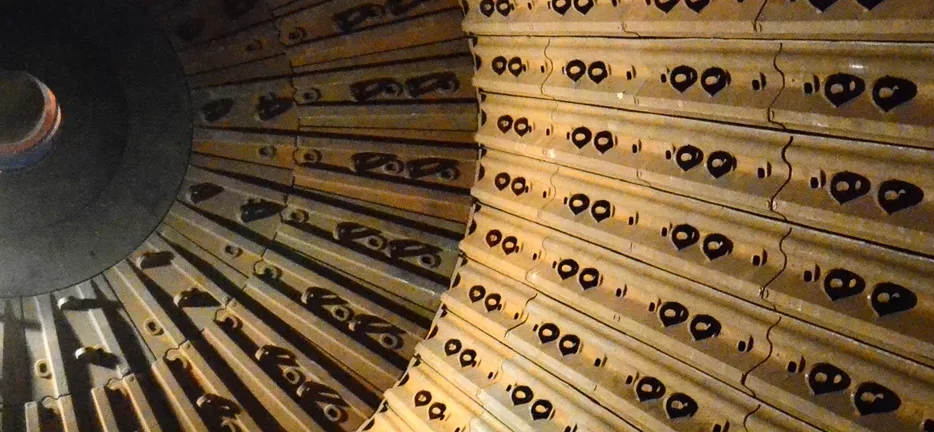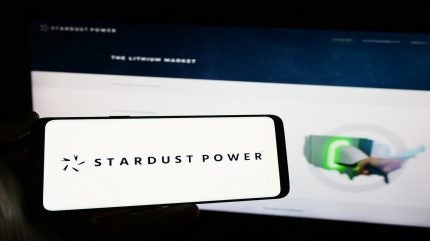Sign up for daily news updates from CleanTechnica on email. Or follow us on Google News!
Storms or no storms, the power frequently goes out in my suburban neighborhood. Some of my neighbors invested in whole-house gas generators to tide them over, and their collective racket makes an annoying situation even more irritating. GM is among the electric vehicle makers offering a much quieter, much less polluting alternative, which it calls the GM Energy PowerBank. It’s too late for my neighbors, but maybe yours can give it a try…
Electric Vehicles & The GM PowerBank Solution
The GM Energy branch of GM rolled out the new PowerBank product earlier today. The basic elements will be familiar to those of you following the news about electrification tie-ins that are unique to electric vehicles, including opportunities for home energy storage, rooftop solar, and virtual power plants.
In effect, the PowerBank operates like a gas generator without the gas. Instead of firing it up with fossil energy, home owners can use the PowerBank platform to store electricity from the grid, or from their own rooftop solar panels.
Aside from providing power on an emergency basis when the local utility goes down, the PowerBank can also be used routinely as a demand-response tool, enabling homeowners to store electricity from the grid during routine off-peak periods when rates are low. When rates go up, they can use electricity from the PowerBank to avoid paying the higher rates.
None of this activity requires an electric vehicle take part, but owning an electric vehicle enables homeowners to optimize the benefits of collecting and storing electricity during off-peak hours. In case of emergency, they can also use the PowerBank to recharge their EV, as well as running lights and household appliances.
Considering that different households need differing amounts of energy storage, GM is offering the PowerBank in two sizes, 10.6 kWh and 17.7 kWh. “By combining two 17.7kWh GM Energy PowerBanks, consumers can create 35.4kWh of stationary storage, enough to power the average American home for up to 20 hours,” GM also points out.
Many More Benefits When An Electric Vehicle Is Parked In The Driveway
Twenty hours is more than enough for the occasional power outages that befall my neighborhood. In case of an extended timeframe, anyone who owns an electric vehicle equipped with bidirectional charging can drive over to an area unaffected by the outage, charge up at the nearest public charging station, drive home, and power their home appliances directly from their car battery. Depending on their needs, they can also use the car battery to recharge their PowerBank.
With that in mind, GM Energy emphasizes that the PowerBank is designed to integrate seamlessly with its other EV-centric products. “The GM Energy PowerBank is available for purchase as part of the GM Energy Home System bundle, which also includes a GM Energy PowerShift charger and GM Energy Vehicle-to-Home Enablement kit,” GM Energy explains, noting that the PowerBank is a simple add-on for electric vehicle owners who already have the GM Energy V2H Bundle.
“For customers integrating solar power, GM Energy will refer customers to preferred installer Qmerit for site assessments, compatibility checks, and personalized quotes,” the company adds.
Rooftop solar arrays provide electric vehicle owners with an extra layer of resiliency and convenience in case of emergency, unless of course the emergency involves extensive damage to the roof.
How To Attract The EV-Curious
The conventional wisdom on electric vehicle sales goes something like this: Getting early adopters to invest in a zero emission ride was the easy part. Now automakers need to figure out how to attract drivers who are clinging to the familiarity and security of gas-powered mobility.
It’s not quite that simple, of course. One sticking point is the fact that millions of car owners live in multi-family dwellings that lack the convenience and security of home EV charging. That’s going to continue to be an obstacle to electric vehicle sales until the public charging network earns trust.
Still, millions of other car owners are also homeowners. Solutions like the PowerBank can motivate electric vehicle ownership among this cohort by emphasizing emergency preparedness along with the opportunity to save money on utility bills.
CleanTechnica reporter and Florida resident Paul Fosse also adds some important insights about the usefulness of an electric vehicle in circumstances where supplying power to a home is not a priority. Specifically, an electric vehicle can provide emergency shelter and power away from home.
“My electric car is my generator. It holds 3 or 4 days of power and if needed, I can recharge it for more days of use,” Fosse wrote on October 9, adding that his electric vehicle has enough juice to provide a comfortable temperature for overnight stays while also charging phones, laptops, and other devices.
As for recharging, Fosse and others have noted that ample opportunities for EV charging remained at hand in Florida in the run-up to Hurricane Milton, even as long lines at local gas stations made it more difficult for some residents to prepare.
“Our neighbors with gas cars had to either not run the errands they wanted to run or use much of their gas or spend hours in lines topping off their tanks, none of those is a great option,” Fosse noted.
“My neighbor spent hours trying to get his generator to work, buying gas and a new spark plug and still couldn’t get it to work,” he added.
Electric Vehicle Hesitancy & The Gender Gap
Another part of the conventional wisdom on EV sales is that sales growth has slowed below expectations because savvy drivers are delaying their purchases, anticipating that significant improvements in price and performance are just around the corner.
Yesterday, for example, I took note of a Goldman Sachs analysis suggesting that a forthcoming plunge in the cost of EV batteries is just two years away, dissuading potential EV buyers from nailing down a purchase until then.
Another example surfaced back in March, when Forbes reporter Peter Lyon covered a Boston Consulting Group study indicating that “the vast majority of potential EV adopters want three things to happen before they’ll seriously consider switching from gas to EV.”
One of those three things is a sticker price under $50,000, which a drop in the cost of EV batteries will bring about. Charging times of under 20 minutes and a range of 350 miles or more are the two other things.
“With only one EV — the Hyundai Ioniq 6 SE RWD Long Range — meeting those criteria, the industry has a long way to go,” Lyon concluded.
On the other hand, perhaps we’re all missing something. Lost in the conversation about EV sales is the role of female car buyers, who are significantly under-represented in the electric vehicle area. One commonly cited figure is that women account for 62% of all car sales, but last year Edmunds ran the numbers and noted that women accounted for only 33% of EV sales.
That trend is likely to continue, with Edmunds noting in the same survey that “71% of men said they would consider an EV as their next vehicle, while only 34% of women fell in the same camp.”
So, if automakers could figure out a way to erase the gender gap, would that help bring EV sales growth back up to expectations? If you have any thoughts about that, drop us a note in the comment thread.
Follow me via LinkTree, or @tinamcasey on Threads, LinkedIn, and Instagram.
Photo (cropped): GM Energy’s new PowerBank home energy storage system offers prospective electric vehicle buyers another good reason to buy an EV today, not tomorrow (courtesy of GM Energy).

Have a tip for CleanTechnica? Want to advertise? Want to suggest a guest for our CleanTech Talk podcast? Contact us here.
Latest CleanTechnica.TV Videos
CleanTechnica uses affiliate links. See our policy here.
CleanTechnica’s Comment Policy





